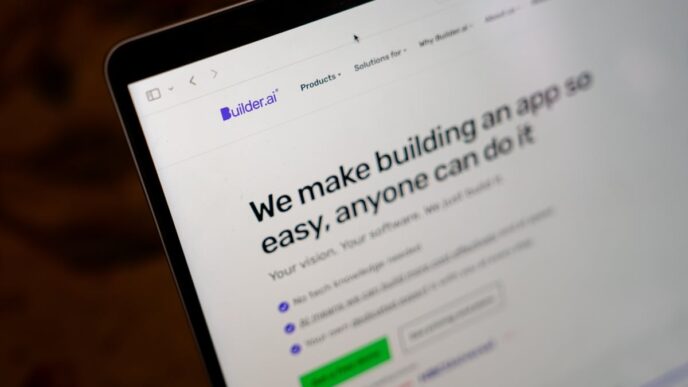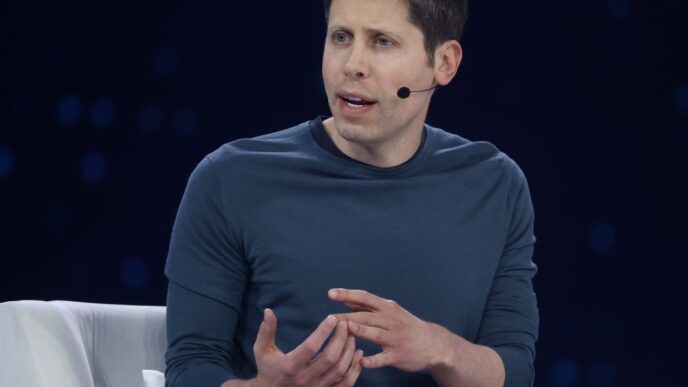IndiaAI Mission pushes Indian AI startups to go global amid funding and infrastructure hurdles
India’s AI sector is booming with 7,114 startups and $23 billion in funding—but still no homegrown Large Language Model (LLM) to rival ChatGPT or China’s DeepSeek.
Prime Minister Narendra Modi’s Cabinet approved the IndiaAI Mission last year, with a $1.21 billion budget to develop indigenous Large Multimodal Models (LMMs) and sector-specific AI. This week, IndiaAI CEO Abhishek Singh told Bengaluru’s Accel AI Summit that Indian startups must maintain a global vision to compete internationally.
Singh said:
"They will have to ultimately compete with the best in the world."
"Initial levels of support may come from the government, but that will not sustain them in the long run."
"They will have to have a global vision in mind when they are training models."
The National Association of Software and Service Companies (NASSCOM), representing India’s $283 billion tech industry, warns building world-class AI is complex and resource-heavy. Senior manager Satyaki Maitra said:
"The argument is not whether India can catch up, but whether we can move fast enough and define an AI identity on our own."
IndiaAI recently added 15,916 GPUs, taking national AI computing power to 34,333 GPUs via public-private partnerships.
Startups like Gan AI, Gnan AI, and Sarvam AI are working on foundational models for India. But Maitra stressed AI progress needs “cohesive collaboration between government, industry, and academia” to cover everything from governance to deployment.
Cybersecurity expert Pawan Duggal points to hardware shortages and funding gaps holding India back. Investment from 2014 to 2023 is $145 billion in India, far behind the US’s $2.34 trillion and China’s $832 billion.
Duggal said India is moving toward its own AI model but faces big challenges in “infrastructure, funding, talent, data, and regulation.”
Language diversity also complicates AI training. India has 22 official languages and over 1,600 spoken tongues. Yash Shah from Momentum 91 said:
"The only use-case of an ‘Indian’ LLM is if it works in our various languages, which is difficult as of now given that there is a lack of quality data for LLMs to train on in most Indian languages."
"For an LLM in English, there are other companies and countries which are far ahead of us and would continue to be that way."
Utpal Vaishnav from Upsquare Technologies argued the real barriers are “risk-shy investors, patchy data rules, and tight GPU supply.”
He added:
"Brains are plenty in India. GPUs are on the way and our multilingual data is waiting to be shaped. Give this talent, patient capital and clear problems and a compact, world-class LLM can be launched in two, three years."
India’s AI future depends on overcoming funding gaps, infrastructure limits, and data challenges—while targeting a global playing field. The race is on.














